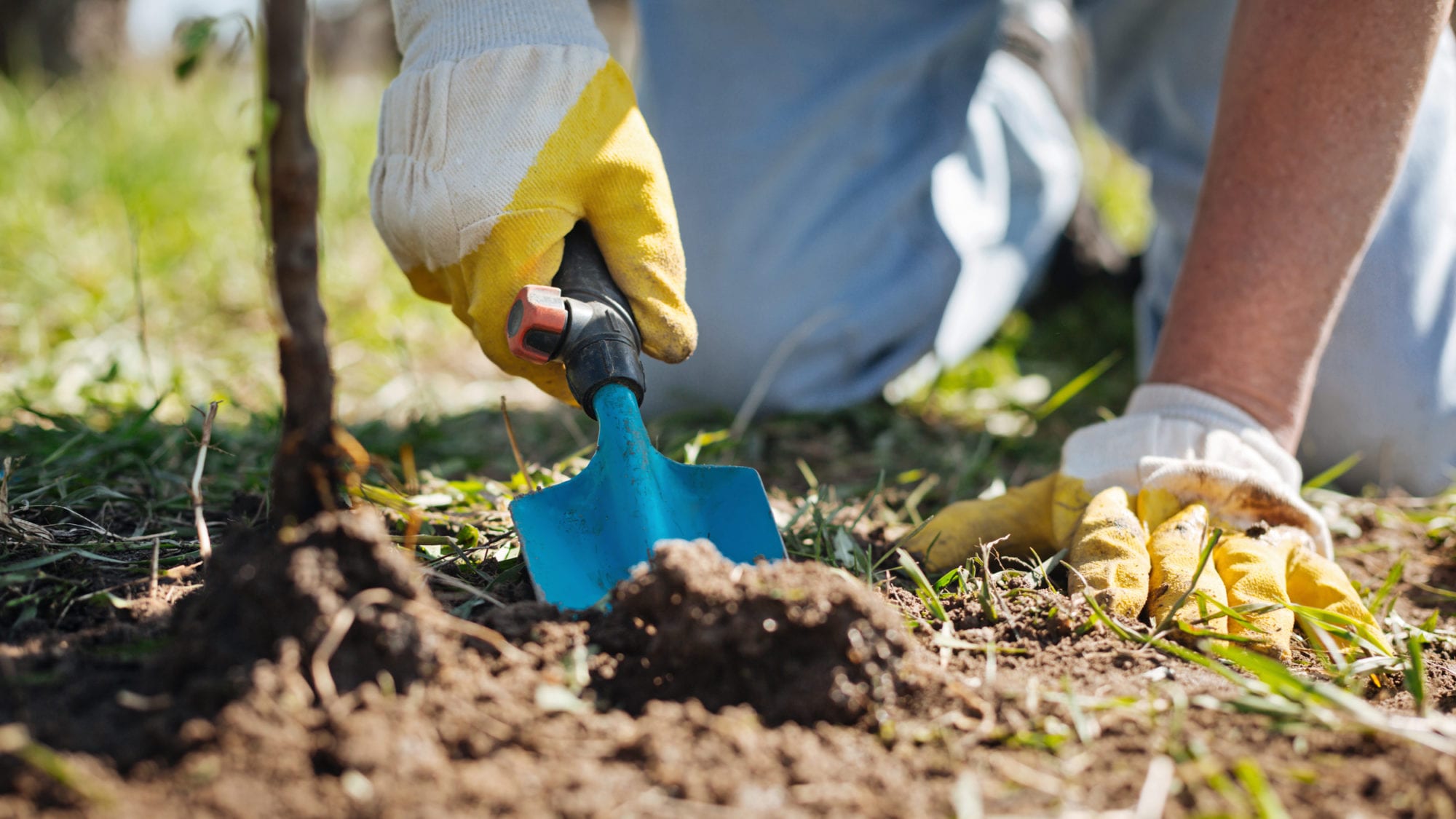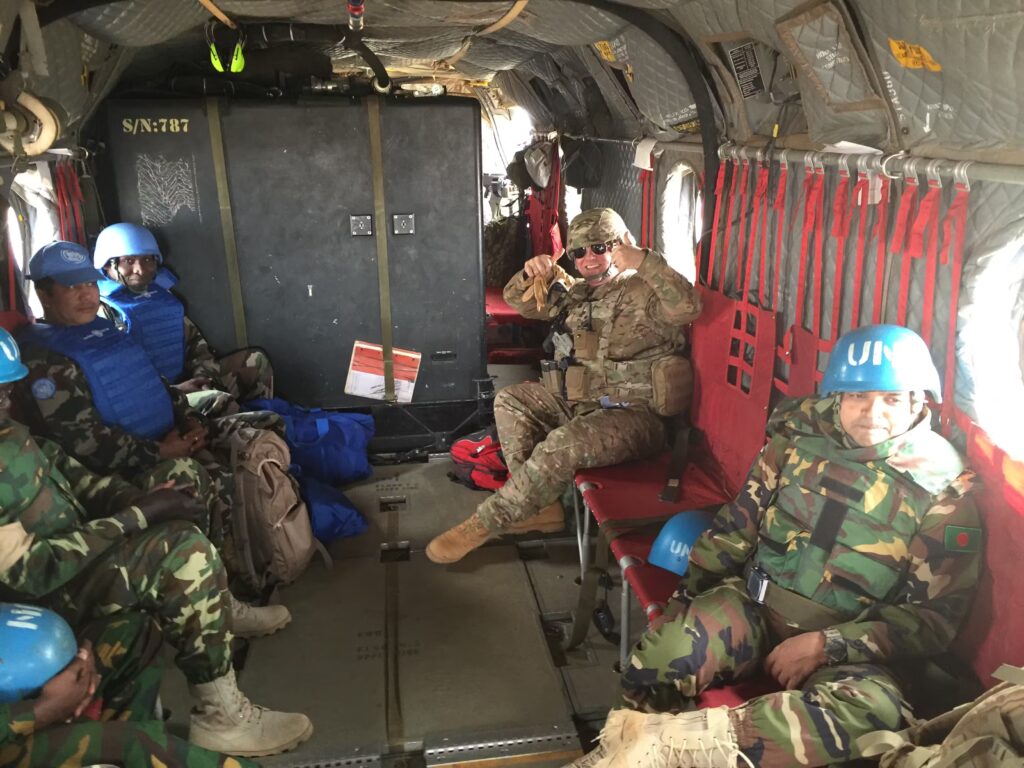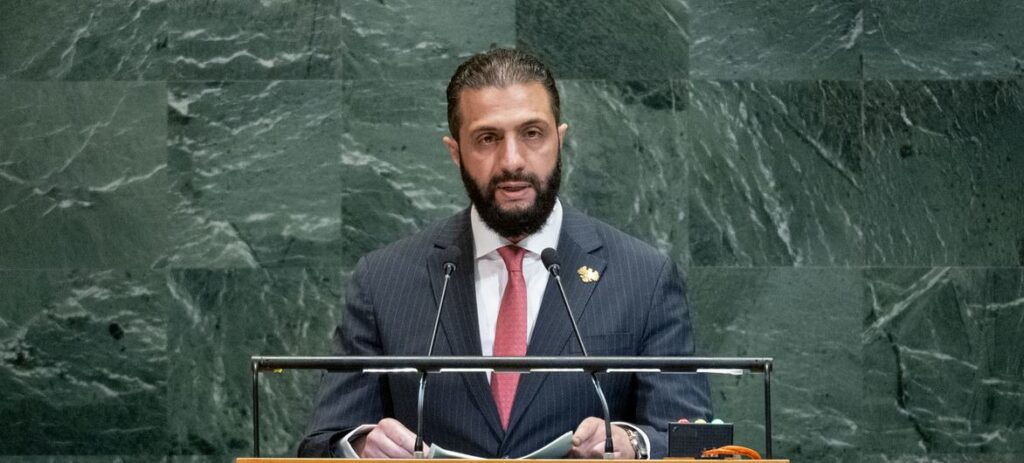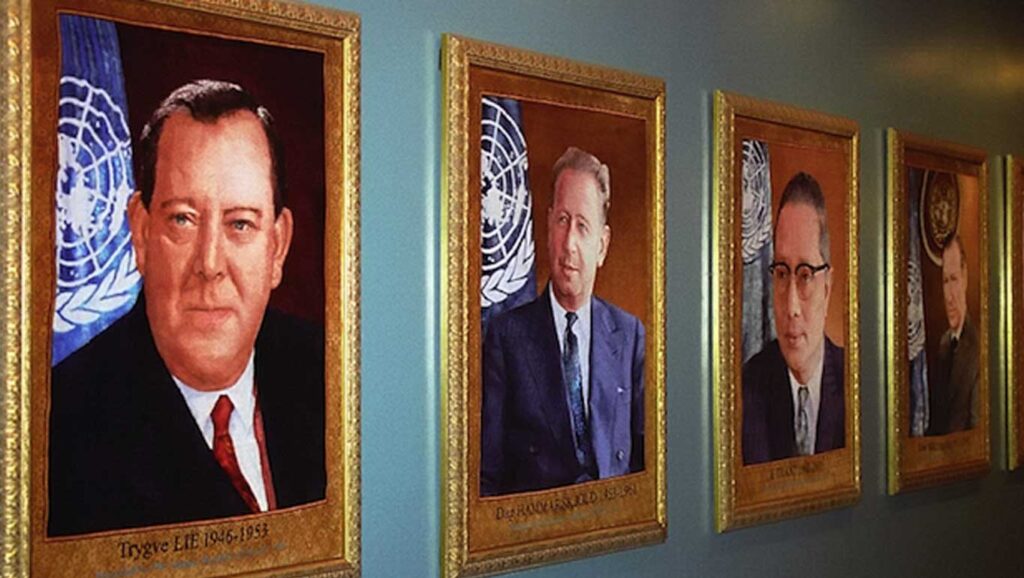It’s May, and gardeners worldwide are back in the dirt. But while we’re deciding between cherry tomatoes and cucumbers, there’s something we’re not worrying about: the threat of garden-ruining pests sneaking in from abroad.
That peace of mind doesn’t happen by accident.
Behind the scenes, a powerful, little-known international alliance is at work. The International Plant Protection Convention (IPPC) — a multilateral treaty housed within the UN’s Food and Agriculture Organization (FAO) — has been quietly defending gardens, farms and food security for more than 70 years.
“Plant health is the foundation of everything,” says Avetik Nersisyan, Officer-in-charge of the IPPC Secretariat. “If the soil is healthy, the plant is healthy. If the plant is healthy, animals and people can thrive.”
“Plant health is the foundation of everything. If the soil is healthy, the plant is healthy. If the plant is healthy, animals and people can thrive.”
The UN’s Best-Kept Secret to Healthy Plants
Established in 1951, the IPPC unites 185 countries under one mission: to stop the international spread of plant pests and diseases. That means coordinated monitoring, early warnings, science-based standards and a shared commitment to protecting each other’s crops and ecosystems.
“Pests don’t care about borders,” Nersisyan explains. “That’s why global cooperation is essential. If we protect plants, we protect life.”
“Pests don’t care about borders. That’s why global cooperation is essential. If we protect plants, we protect life.”
Working with countries to improve their emergency response systems, pest outbreaks are tracked and stopped before they spiral out of control — especially in countries that lack technical capacity and effective pest response systems.
Science, Standards and a $120 Billion Threat
At the heart of the IPPC are International Standards for Phytosanitary Measures (ISPMs) — detailed guidance for how countries inspect, treat and certify plants and plant products to be safe for international trade. These measures help prevent pests from hitching rides on everything from bulk grain shipments to wooden crates.
“Our job is to produce strong, science-based international standards,” Nersisyan says. “If countries implement them properly, they can prevent the spread of pests and diseases before they become outbreaks.”
It’s more than just good growing sense. According to the USDA, invasive species cost the U.S. an estimated $120 billion a year, destroying crops, overwhelming local ecosystems and threatening global food security. In fact, worldwide, invasive bugs destroy about 40% of total crop yield.
And it doesn’t take much. A bug in a bouquet. A spot of soil on a boot. One infected shipment. That’s why the IPPC’s vigilance matters — especially in spring, when bugs come out to play.
“A single plant or a speck of dirt can carry pests into new ecosystems,” Nersisyan warns. “That’s why IPPC is about prevention first.”
“A single plant or a speck of dirt can carry pests into new ecosystems. That’s why IPPC is about prevention first.”
One Stamp to Rule Them All
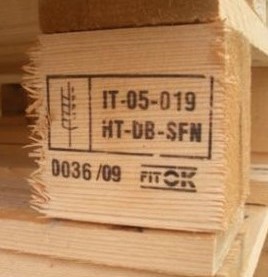 To tackle just one global pest threat — wood-boring insects — the IPPC introduced ISPM-15, a standard requiring all wooden packaging (think pallets and crates) to be heat-treated or fumigated. That little wheat-stalk stamp you see on shipping wood? That’s the IPPC in action.
To tackle just one global pest threat — wood-boring insects — the IPPC introduced ISPM-15, a standard requiring all wooden packaging (think pallets and crates) to be heat-treated or fumigated. That little wheat-stalk stamp you see on shipping wood? That’s the IPPC in action.
These standards guide everything from how countries inspect imported seeds to how they treat wood packaging material. To date, more than 80% of international shipments entering the U.S. are pest-treated. That protects cargo, forests, farms and neighborhoods.
America’s Role in a Global Defense System
The U.S. has long been a strong collaborator with the IPPC. Through the USDA’s Animal and Plant Health Inspection Service (APHIS) and the North America Plant Protection Organization (NAPPO) — a trilateral body that works with Canada and Mexico to harmonize trade rules and track bugs across borders — America helps shape global standards and enforce them at home.
One of the IPPC’s most recent secretaries, Osama El-Lissy, previously served in a senior role at APHIS — a testament to the strong U.S.-UN partnership that drives this global effort.
“No country can do it alone,” he says. “We need standards, partnerships and people who care.”
Why It Matters to Gardeners
So what does this all mean for the amateur gardener?
It means your potted lemon tree is less likely to arrive with a side of citrus-eating insects. It means your sunflowers face fewer aphid invasions. And it means your backyard isn’t ground zero for the next agricultural emergency.
“You don’t have to be a farmer to help protect plant health,” says Nersisyan. “We want everyone — not just policymakers — to understand that their actions matter.”
“You don’t have to be a farmer to help protect plant health. We want everyone — not just policymakers — to understand that their actions matter.”
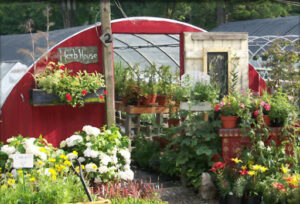 Even the smallest actions do matter. Just last year, one well-meaning kid in New Zealand ordered stick insect eggs from Portugal. Turns out her shipment included some rare and invasive larvae. It didn’t take long before a biosecurity team – alerted by her mom – had a pickup from very grateful authorities scheduled. Citizen vigilance made all the difference.
Even the smallest actions do matter. Just last year, one well-meaning kid in New Zealand ordered stick insect eggs from Portugal. Turns out her shipment included some rare and invasive larvae. It didn’t take long before a biosecurity team – alerted by her mom – had a pickup from very grateful authorities scheduled. Citizen vigilance made all the difference.
“One shipment with a quarantine pest could put an entire country’s crops at risk,” Nersisyan explains. “That’s why national plant protection organizations must ensure that all seeds and planting materials — even for small farms — are safe and certified.” That includes those well-meaning kids and small gardeners looking for a new plant to try.
Nersisyan, in fact, was one of those eager kids, so he speaks from experience. Raised in a farming village in Armenia, he launched his country’s first organic farm. “I wanted to save lives,” he says. “Not through medicine or policy, but through food, through the land. This isn’t just about big agriculture,” he adds. “Every country, every gardener, has a role to play.”
“Every country, every gardener, has a role to play.”
One Health, One Planet
This year’s International Day of Plant Health, observed on May 12, centers around a timely theme: One Health. It’s the idea that human, animal, plant and environmental health are all interconnected — and that you can’t tackle one without protecting the others.
“Plant health has been neglected in global health conversations,” says Nersisyan. “But without it, you can’t have sustainable agriculture, healthy food or resilient ecosystems. Only by working together — across these sectors — can we build real resilience.”
Without [plant health], you can’t have sustainable agriculture, healthy food or resilient ecosystems. Only by working together — across these sectors — can we build real resilience.”
Tending a Global Garden
As U.S. Secretary of Agriculture Brooke Rollins put it, “Agriculture is the cornerstone of our national prosperity.” And thanks to the quiet work of the IPPC — and America’s enduring partnership with the UN — that prosperity is better protected than most of us realize.
So the next time you see sprouts pushing through the soil, take a moment to thank the weather, your green thumb and the quiet international network that helped get them there unharmed.
The world may feel divided. But in the garden, at least, global cooperation is blooming.
“Agriculture is the cornerstone of our national prosperity.”
